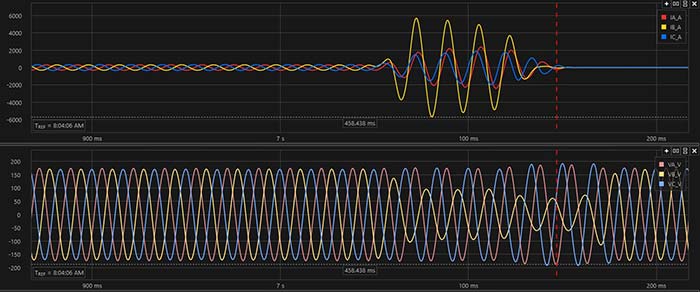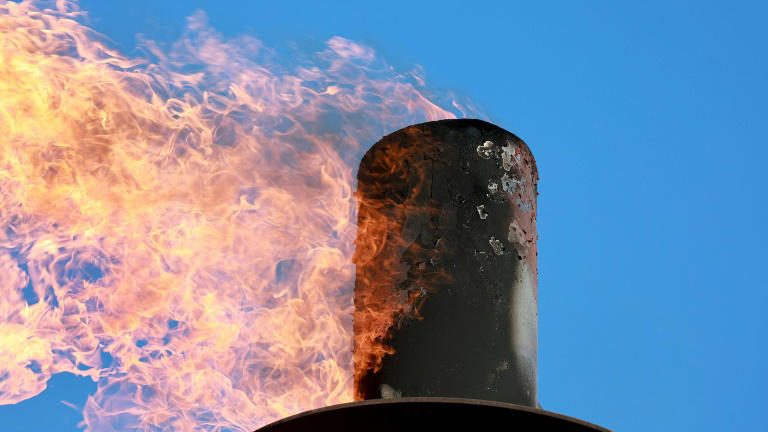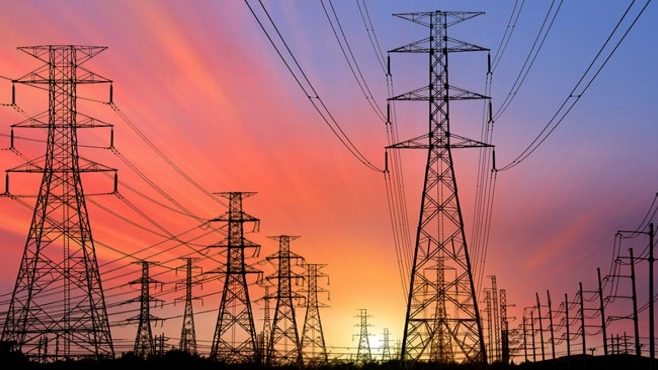Power quality plays a crucial role in ensuring the efficient operation of electrical systems, protecting equipment, and reducing downtime. Poor power quality can lead to voltage sags, harmonics, electrical surges, and frequent disruptions, ultimately affecting productivity and increasing maintenance costs.
Common Power Quality Issues
1. Identify Power Quality Problems
- Voltage Sags & Swells: Caused by sudden load changes or faults.
- Harmonic Distortion: Generated by non-linear loads like variable frequency drives (VFDs).
- Reactive Power Imbalance: Leads to poor power factor and inefficiencies.
2. Implement Mitigation Techniques
- Active Harmonic Filters (AHF): Reduce harmonic distortion and improve system stability.
- Static Var Generators (SVG): Provide real-time reactive power compensation.
- Power Factor Correction (PFC) Capacitors: Improve efficiency and reduce losses.
3. Optimize System Design
- Proper Grounding & Shielding: Reduces electromagnetic interference (EMI).
- Balanced Load Distribution: Prevents phase imbalance and voltage fluctuations.
- High-Quality Cabling & Connections: Minimizes resistance and voltage drops.
4. Continuous Monitoring & Maintenance
- Power Quality Analyzers: Track voltage, current, and harmonic levels.
- Regular Equipment Inspections: Prevent failures due to wear and tear.
- Smart Grid Technologies: Enable real-time adjustments for optimal performance.
Impact on System Performance
Poor power quality can reduce system efficiency, shorten equipment lifespan, and increase downtime, leading to financial losses. Sensitive devices such as servers, industrial machinery, and medical equipment require stable power to function correctly. Power quality issues can also increase energy consumption, affecting cost-effectiveness and sustainability efforts.

Strategies for Mitigating Power Quality Problems: Ensuring Stability & Efficiency ⚡
A Static Var Generator (SVG) is a power electronic device used to regulate reactive power in electrical systems, improving power quality and voltage stability2.
How It Works:
- Monitors System Conditions: Continuously tracks voltage and current.
- Injects or Absorbs Reactive Power: Uses a Voltage Source Converter (VSC) to dynamically adjust reactive power flow.
- Enhances Power Factor: Helps maintain a near-unity power factor, reducing inefficiencies.
- Mitigates Harmonic Distortion: Reduces unwanted harmonic frequencies that can degrade system performance.
Benefits:
- Improved Power Factor: Reduces energy losses and enhances efficiency.
- Voltage Regulation: Maintains stable voltage levels, crucial for fluctuating loads.
- Better Power Quality: Minimizes voltage fluctuations and harmonics.
- Increased System Stability: Prevents voltage collapse and enhances grid reliability.
Applications:
- Industrial Power Systems: Used in sectors like steel, mining, and manufacturing.
- Renewable Energy Integration: Helps stabilize grids with solar and wind power.
- Power Transmission & Distribution: Ensures voltage stability in large networks.

World energy methane emissions near record high in 2024: IEA
Record fossil fuel production kept planet-heating methane emissions near historic highs last year, the International Energy Agency said Wednesday, warning of a surge in massive leaks from oil and gas facilities. Slashing emissions of methane, second only to carbon dioxide for its contribution to global warming, is essential to meeting international targets on climate change and one of the fastest ways to curb temperature rise.
“However, the latest data indicates that implementation on methane has continued to fall short of ambitions” said IEA Executive Director Fatih Birol.
But the IEA warned that countries are considerably underestimating their energy sector methane pollution, estimating that emissions are around 80 per cent higher than the total reported by governments to the United Nations. The energy sector is responsible for around a third of the methane emitted by human activities. It leaks from gas pipelines and other energy infrastructure and is also deliberately released during equipment maintenance. Click here to Know more…….


